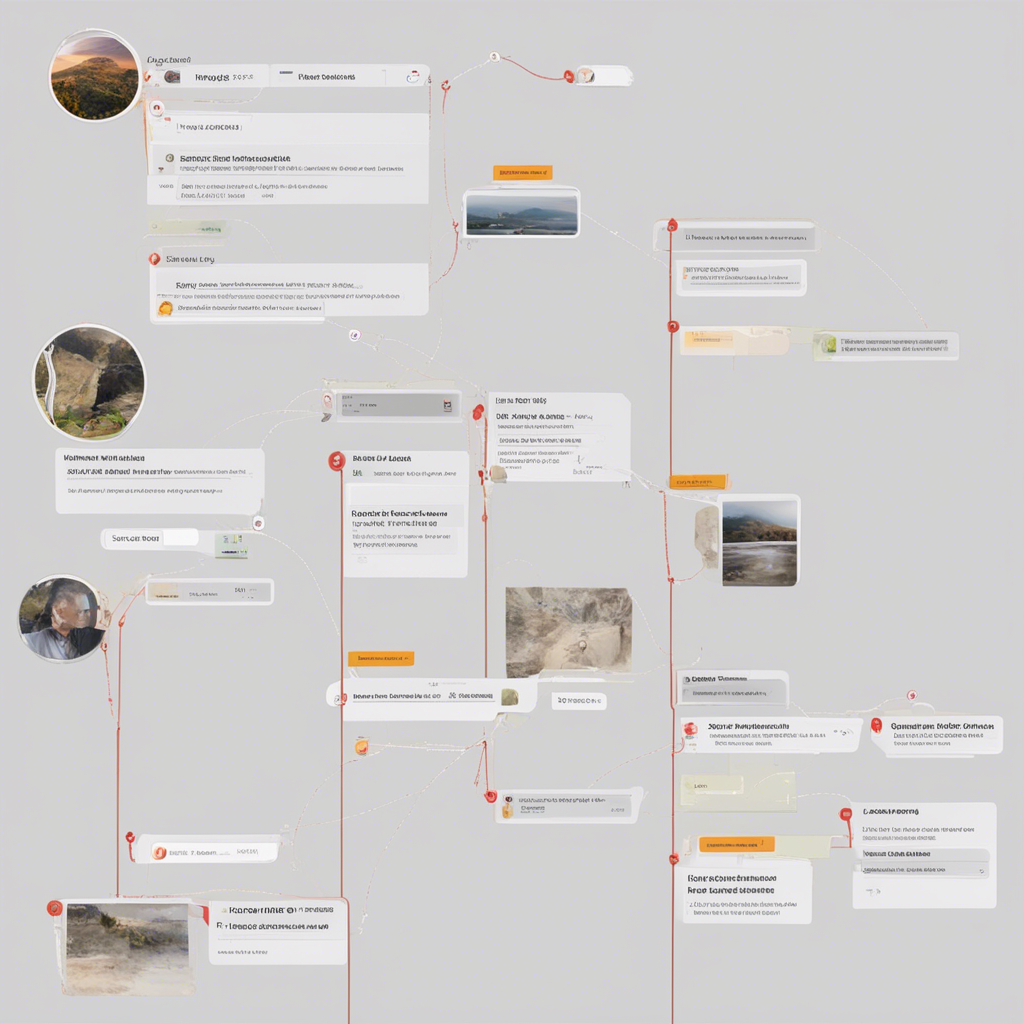
Design Thinking in the Tech Industry: Unleashing Innovation and User-Centricity
Introduction
In the fast-paced and constantly evolving tech industry, innovation and user-centricity are key drivers for success. Companies that prioritize understanding user needs and solving complex challenges are more likely to create products and services that truly resonate with their target audience. This is where Design Thinking comes into play. Design Thinking is a problem-solving approach that helps organizations tackle complex problems and drive innovation by putting the user at the heart of the design process. In this blog post, we will explore the principles, benefits, and applications of Design Thinking in the tech industry, allowing companies to unlock their full innovation potential.
What is Design Thinking?
Design Thinking is a human-centered approach to problem-solving that prioritizes empathy, collaboration, and experimentation. It involves a structured framework that encourages creativity and innovation, leading to solutions that truly address user needs and aspirations. This iterative process consists of several stages: empathize, define, ideate, prototype, and test.
-
Empathize: The first step of Design Thinking involves gaining a deep understanding of the user’s needs, desires, and challenges. This is achieved through methods such as interviews, observations, and surveys. By empathizing with the user’s perspective, designers can uncover insights and identify unmet needs.
-
Define: Once empathy has been established, the next step is to define the problem statement. This involves synthesizing the information gathered during the empathy stage and framing the problem in a way that guides the design process. Clear problem definition is crucial for generating innovative and effective solutions.
-
Ideate: In the ideation phase, designers generate a wide range of ideas and potential solutions based on the problem statement. This phase encourages free-thinking, creativity, and encourages designers to challenge assumptions. Brainstorming sessions, collaborative workshops, and other techniques help in generating diverse ideas.
-
Prototype: Prototyping involves creating tangible representations of the ideas generated during the ideation phase. These prototypes can take different forms, such as low-fidelity sketches, interactive wireframes, or even functional prototypes. Prototypes are used to visualize and test ideas before investing significant time and resources into development.
-
Test: The final stage of the Design Thinking process is testing. Here, designers collect feedback from users by presenting them with the prototypes developed in the previous stage. This feedback is used to refine and iterate on the initial ideas, guiding further improvements. Testing helps ensure that the final solution effectively meets user needs and solves the defined problem.
Why is Design Thinking Important in the Tech Industry?
Design Thinking has gained significant popularity in the tech industry due to its ability to foster innovation and create products and services that truly resonate with users. Here are some compelling reasons why Design Thinking is important in the tech industry:
-
User-Centric Solutions: Design Thinking places the user at the center of the design process. By empathizing with users, understanding their needs, desires, and challenges, designers can create solutions that address real problems and deliver meaningful experiences. This user-centric approach increases the chances of building products that are intuitive, useful, and delightful.
-
Innovation and Creativity: The tech industry is highly competitive, and innovation is vital for staying ahead of the curve. Design Thinking encourages a divergent thinking mindset, where constraints are seen as opportunities for creative solutions. By challenging assumptions, embracing different perspectives, and fostering collaboration, organizations can unlock their full innovation potential.
-
Reduced Risk: Design Thinking helps minimize the risk associated with launching new products or features. By involving users early in the design process and testing prototypes, organizations can gather valuable feedback and insights before committing significant resources to development. This iterative approach allows for early detection of potential issues and ensures that the final product meets user expectations.
-
Competitive Advantage: In the tech industry, delivering exceptional user experiences is a determinant of success. Design Thinking enables companies to differentiate themselves by creating products or services that stand out in terms of usability, aesthetics, and overall experience. By understanding and addressing user pain points, companies can gain a competitive edge and build strong customer loyalty.
Applications of Design Thinking in the Tech Industry
Design Thinking can be applied in various ways within the tech industry, spanning across product design, user experience, organizational culture, and more. Here are a few applications of Design Thinking in the tech industry:
-
Product Design: The principles of Design Thinking can be applied at every stage of the product design process - from initial concept development to final launch. Designers can use empathy to understand user needs, prototype to visualize solutions, and test with users to gather feedback. By iterating on designs based on user feedback, organizations can create user-centric products.
-
User Experience (UX) Design: Design Thinking plays a crucial role in User Experience (UX) Design, as it helps UX designers understand user goals, emotions, and pain points. Through empathy, designers gain insights into how users interact with digital products and services, allowing them to create seamless and intuitive experiences. Testing and iteration ensure that the final experience matches user expectations.
-
Innovation Labs: Many tech companies leverage Design Thinking principles in their innovation labs. These labs create a space for cross-functional teams to explore new ideas, experiment, and develop cutting-edge solutions. Design Thinking provides a framework for structured ideation, prototyping, and user testing, ultimately driving innovation and disruptive thinking.
-
Organizational Culture and Processes: Design Thinking can also be applied to transform the organizational culture and processes within tech companies. By fostering a culture of collaboration, empathy, and experimentation, organizations can encourage creative problem-solving and innovation at every level. Additionally, companies can integrate Design Thinking into their product development processes to create a user-centric culture.
Conclusion
Design Thinking is a powerful problem-solving methodology that helps tech companies unleash innovation and create user-centric products and services. By prioritizing empathy, collaboration, and experimentation, organizations can gain a competitive advantage in the rapidly evolving tech industry. Design Thinking allows for the creation of meaningful and delightful experiences while reducing the risk associated with product launches. Applying Design Thinking principles in various areas, from product design to organizational culture, enables companies to unlock their full potential and drive innovative solutions. Embrace Design Thinking, and be at the forefront of innovation in the tech industry.
Note: This blog post is an original creation. The information provided is based on general knowledge and research. For specific applications or case studies, please refer to additional resources and reputable references.






